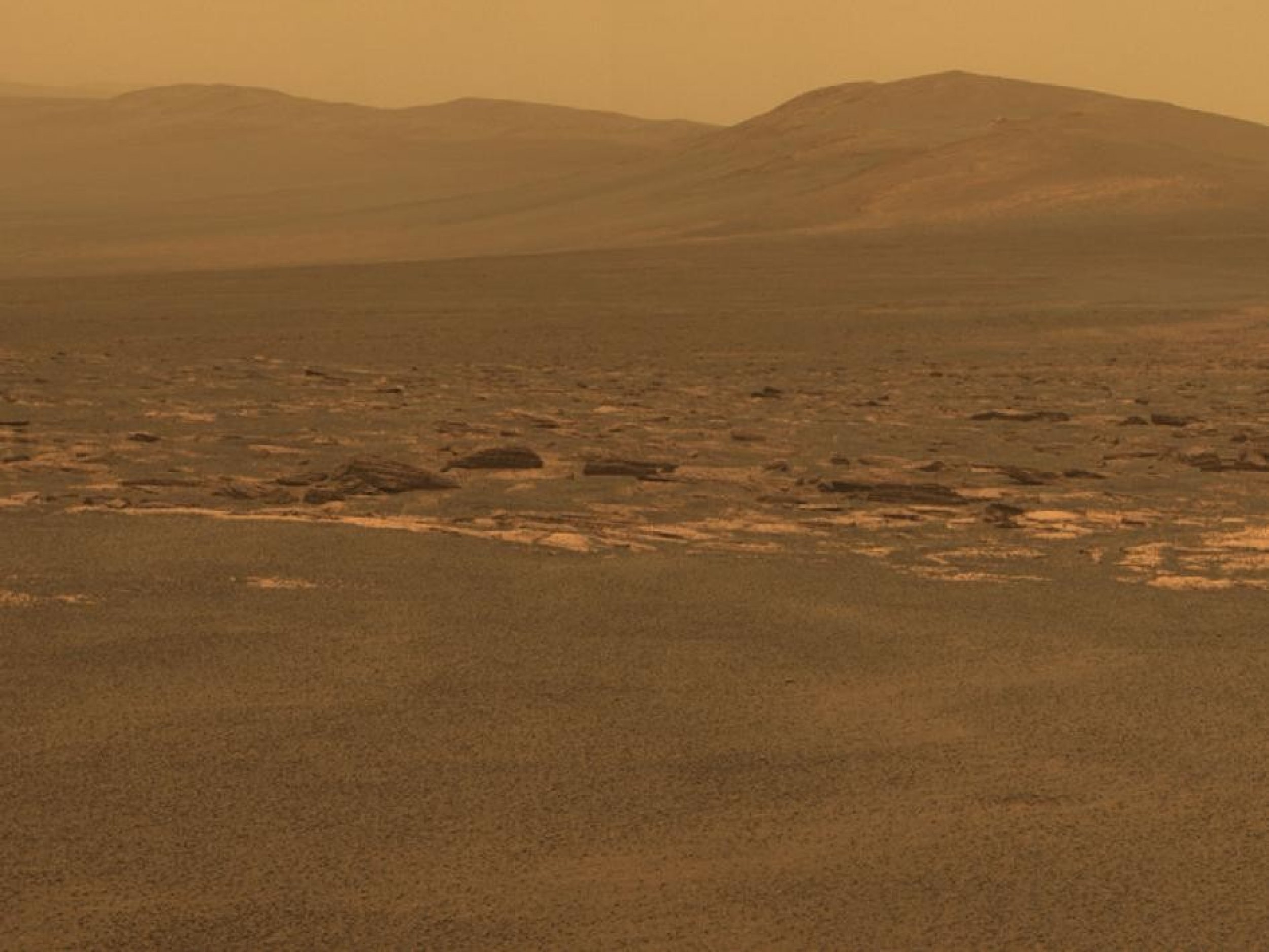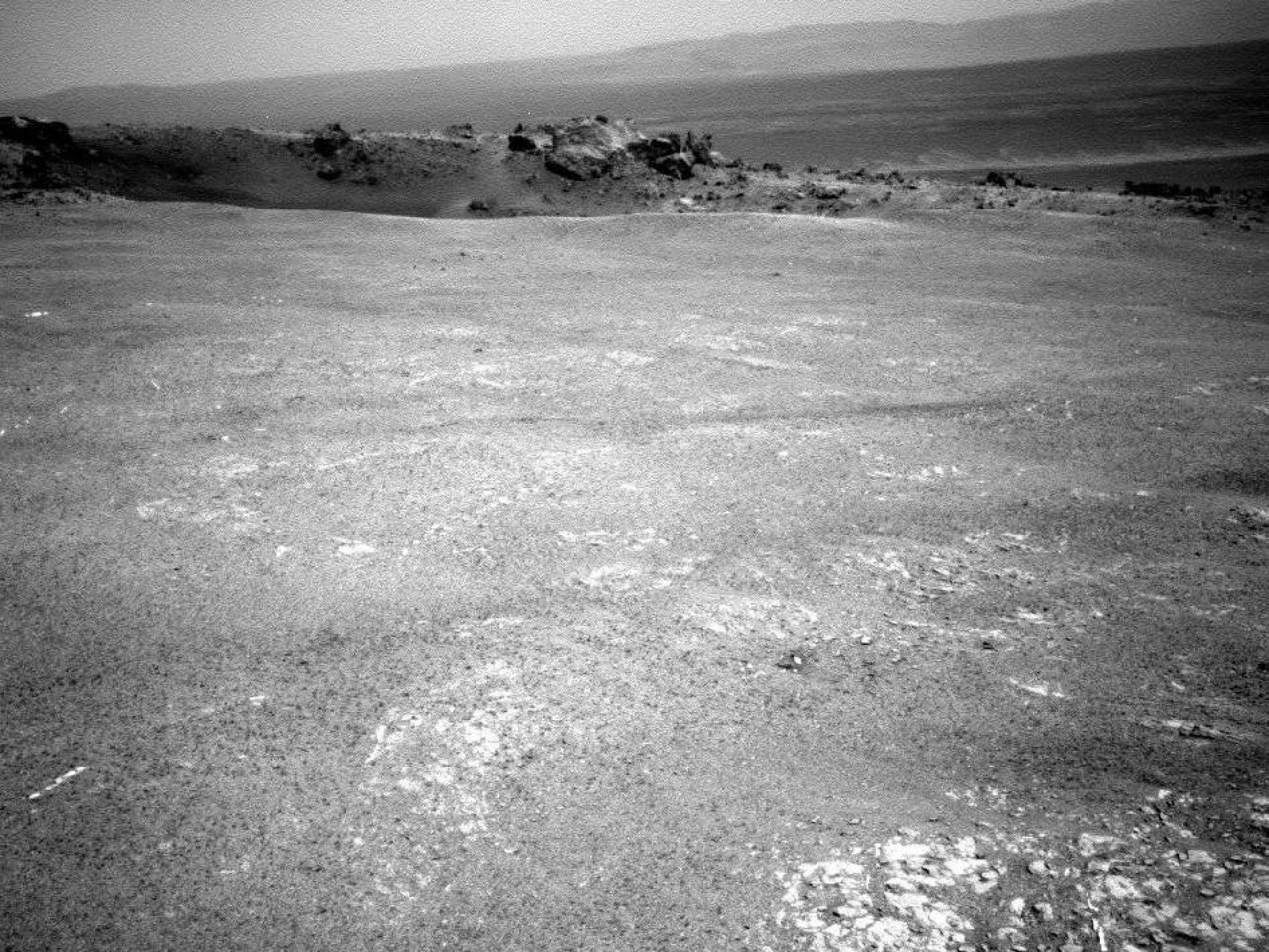Mars Rover Arrives at Never Seen Before Martian Surface (PHOTOS)
NASA's Mars Rover Opportunity has arrived at its next destination: a crater by the name of Endeavour.
Opportunity arrived at the crater on Spirit Point after driving 13 miles from its previous destination: the Victoria crater. The golf-cart sized rover has traveled 20 miles thus far in its journey on the red planet and will continue to explore unseen areas. While at the Endeavour crater, Opportunity will be studying rocks and terrains that have not yet been seen before.
Endeavour is much bigger than the Victoria crater, which Opportunity last left in 2008. Endeavour is is 14 miles (22 kilometers) in diameter whereas Victoria was only .75 kilometers or half a mile in diameter. It's also much older and gives NASA scientists a chance to for older rocks and terrains that might tell them even more about the red planet.
"NASA is continuing to write remarkable chapters in our nation's story of exploration with discoveries on Mars and trips to an array of challenging new destinations. Opportunity's findings and data from the upcoming Mars Science Laboratory will play a key role in making possible future human missions to Mars and other places where humans have not yet been," NASA Administrator Charles Bolden said in a statement.
One of the appealing things about the Endeavour crater is its clay minerals. The minerals were detected by the Mars Reconnaissance Orbiter and scientists say they may have formed in an early warmer and wetter period.
Opportunity has been on the red planet for seven years. The rover launched along with its sister ship, the Spirit. Over the past year, Spirit has lost communication with NASA and thus its mission has ended. Originally, the two ships were on a three-month mission. However, NASA has gotten a lot more mileage out of the two rovers, especially Opportunity, which passed 20 miles driven on the red planet recently.
"The numbers aren't really as important as the fact that driving so much farther than expected during this mission has put a series of exciting destinations within Opportunity's reach," Alfonso Herrera, a rover mission manager at NASA's Jet Propulsion Laboratory, Pasadena, Calif. said.





© Copyright IBTimes 2024. All rights reserved.











